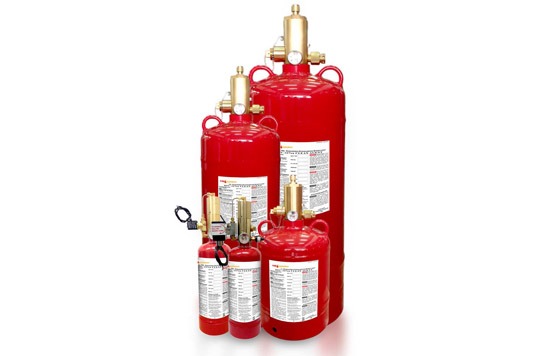FM-200 (HFC-227ea) is a popular clean agent fire suppression system known for its effectiveness in extinguishing fires without causing harm to people or the environment. While FM-200 is considered safe, following specific safety precautions is important to ensure proper handling and use. This article will discuss important safety precautions to consider when using FM 200 fire suppression system.
Training and familiarization:
Proper training is essential for anyone responsible for handling FM-200 systems. Individuals should receive comprehensive training on the system’s installation, operation, and maintenance. It is important to understand the properties of FM-200, including its potential hazards, safety procedures, and proper emergency response.
Ventilation and airflow:
FM-200 systems release a gaseous agent into the protected area to suppress fires. It is crucial to ensure proper ventilation and airflow within the protected space. Adequate ventilation helps disperse the FM-200 agent after its discharge and prevents the accumulation of high concentrations that may pose risks to occupants.
Warning signs and labels:
Proper labeling and signage should be prominently displayed to indicate the presence of FM-200 systems. This alerts individuals to the potential hazards associated with the system and informs them about the appropriate actions to take in an emergency.
No entry during discharge:
During the discharge of FM-200, it is important to ensure that no one enters the protected area. The concentration of the agent can be harmful to human health. Access should only be granted once the area has been declared safe and the concentration levels have been reduced to acceptable limits.
Compatibility with materials:
FM-200 is generally considered safe for use in occupied spaces and does not leave residue or damage sensitive electronic equipment. However, it is important to ensure that the materials in the protected area are compatible with FM-200. Some materials may react with the agent or require additional protection to prevent damage.
Regular inspections and maintenance:
Routine inspections and maintenance of FM-200 systems are crucial to ensure optimal performance and safety. Regularly inspect cylinders, valves, nozzles, and other components to identify any signs of damage or malfunction. Schedule maintenance according to manufacturer recommendations or industry standards.
FM-200 fire suppression systems are an effective and safe solution for protecting lives and property. By following the necessary safety precautions, such as proper training, ventilation, warning signs, no entry during discharge, material compatibility considerations, regular inspections, and compliance with regulations, the risks associated with FM-200 can be mitigated.



